The Body
The enclosure is built from cut pieces of 5mm plyboard held together by craft glue. I found that black velvet paper from the craft store works better than black paint at reducing internal stray reflection. This is probably because the fibres on the velvet act much the same way as the carbon nanotubes on Vantablack.
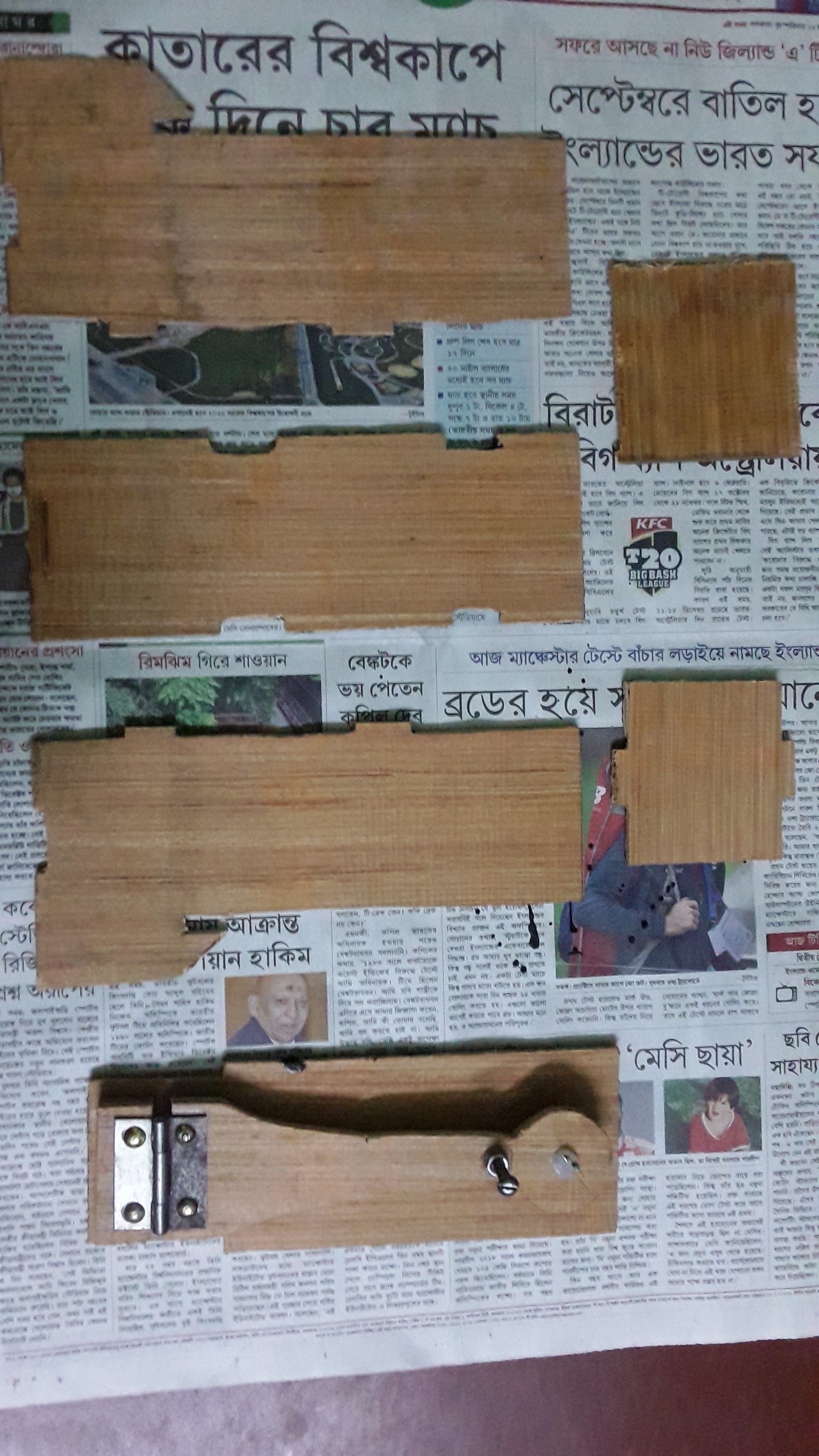

Although this image shows I painted the inner surfaces I later shifted to using velvet as even the darkest black I could find was still to reflective
Light source
I used a detachable housing for LED and incandescent bulbs so that I can switch between them.

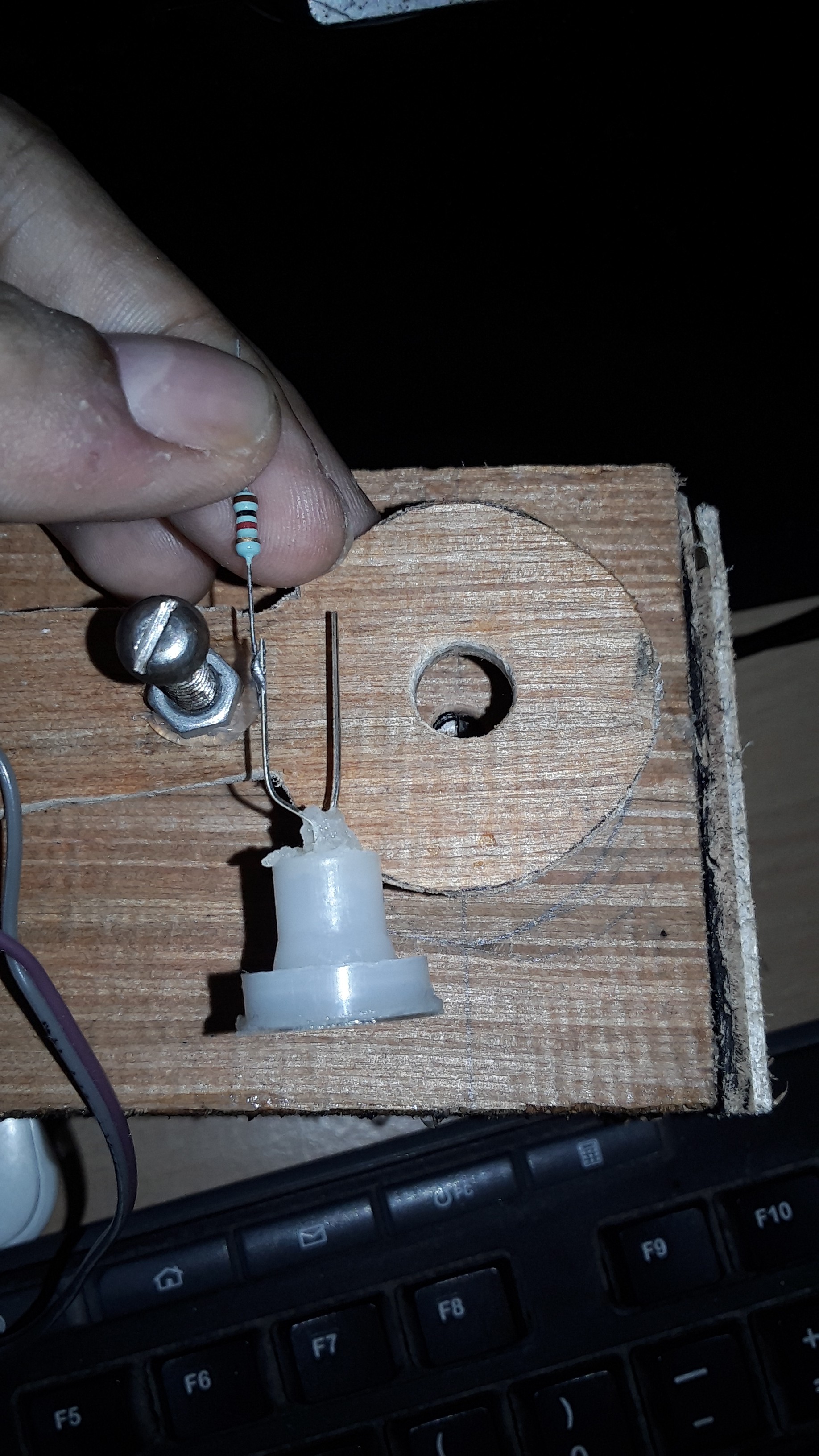
The housing is fabricated from a washer I had lying around
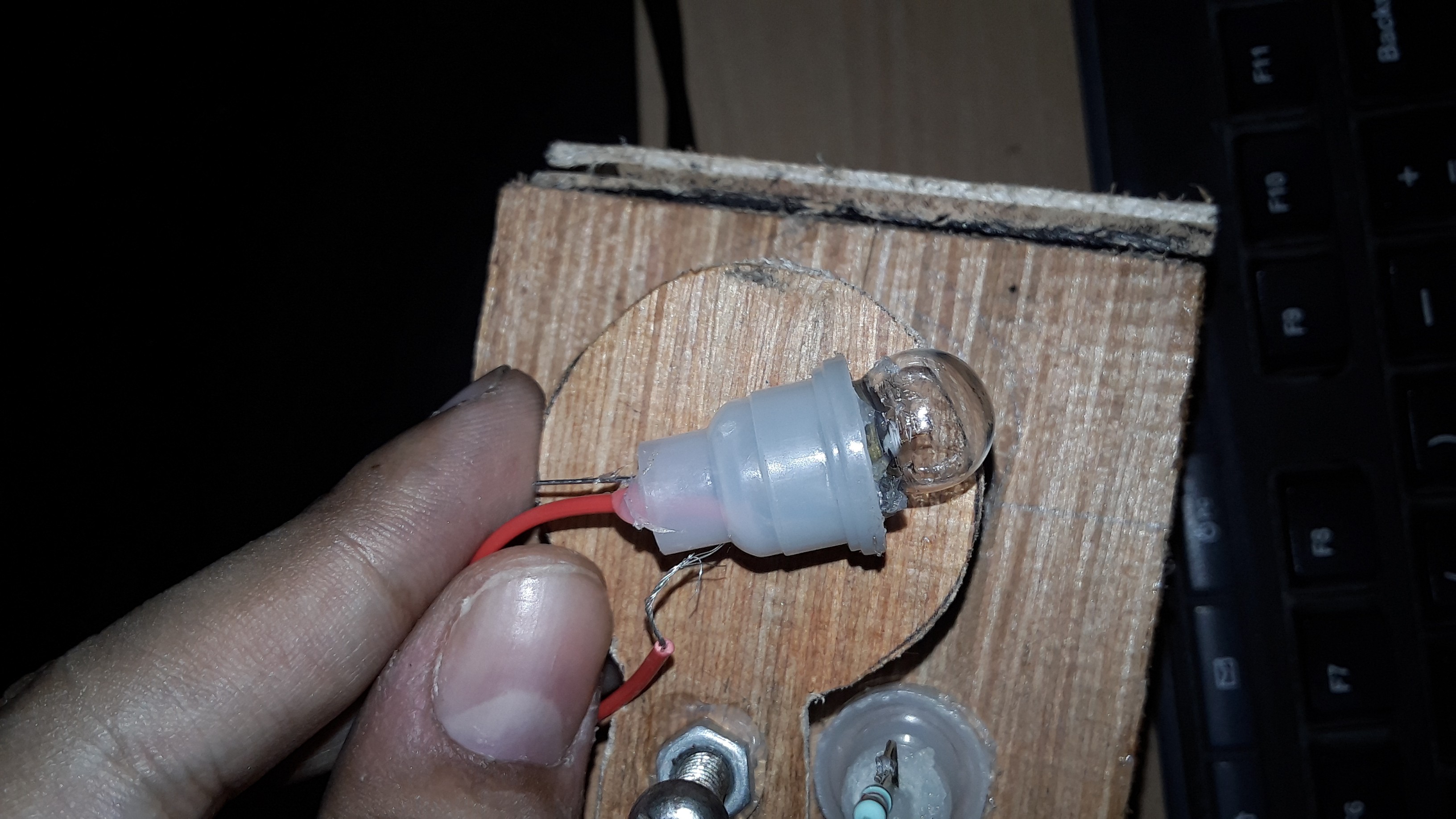
The Detector
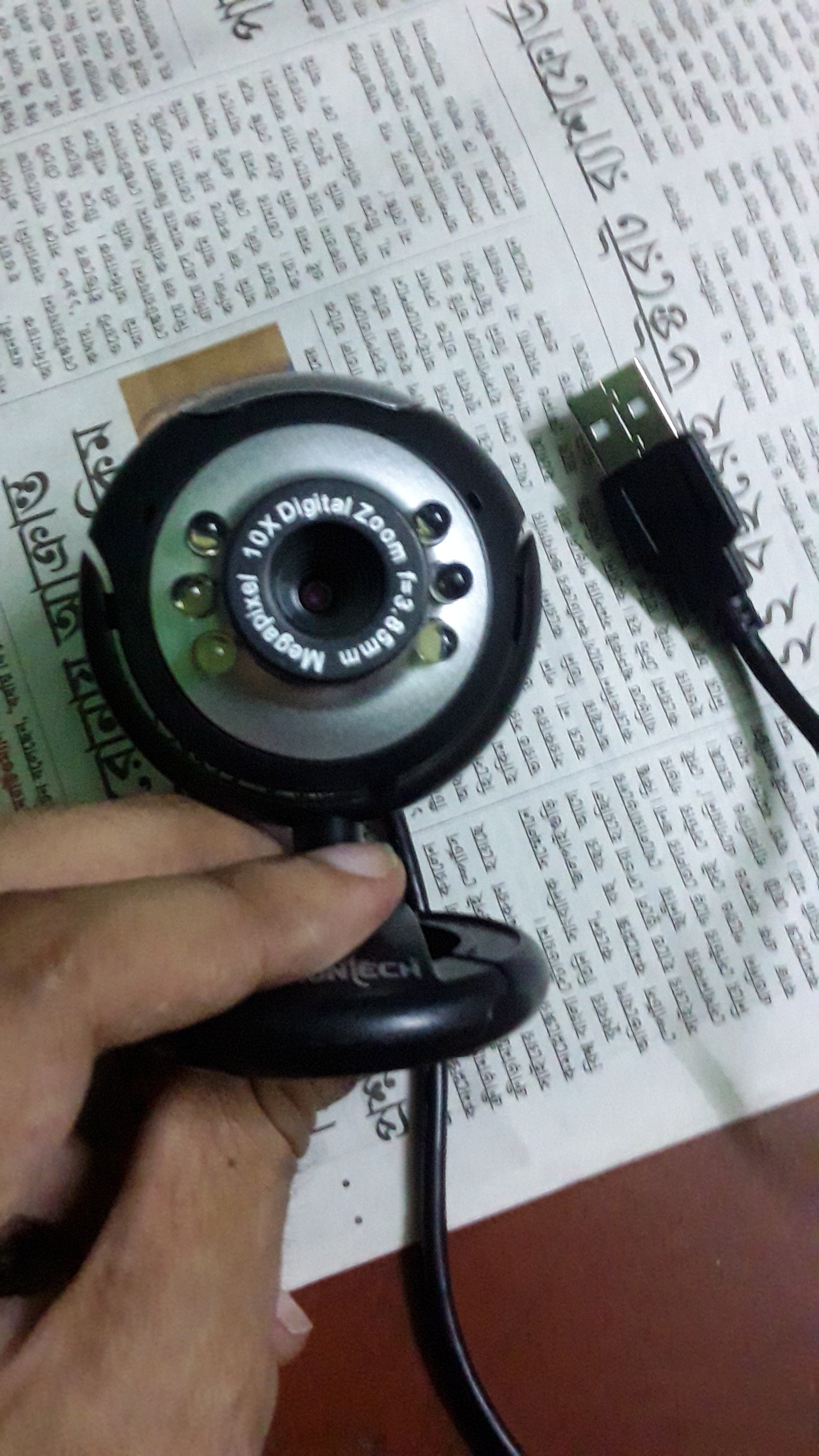
A cheap web cam. It is advisable to remove the IR filter. There are many videos on YouTube that show you how to do it.For this particular model the IR filter was in front of the lens assembly. You can recognize the IR filter by the reddish reflection it gives off at certain angles. I've read that in some models the IR filter is glued directly to the CCD. In such cases, your best bet is to leave it alone as removing it might damage the sensor.
The grating
It is advisable to use a diffraction grating (1000 lines/inch) as that provides better resolution but I had to go with the DVD because of my tight budget. I found that splitting the DVD is much easier if it is subjected to a heat shock prior to cutting. I keep it in the freezer for 1 hour before ducking it in water at 80 degrees centigrade. This reduced extent of shattering of the disk around the cut by a lot.
I got rid of the traces of aluminium on the non-silvered plate by dissolving it in diluted HCl. If you do not have access to HCl just use toilet cleaner that has around 10-20% HCl
The violet dye could be removed by using common organic solvents like alcohol (preferably over 75%), acetone or even plain old kerosene.
First surface mirror
I removed the paint from the back side of a regular mirror by dissolving it in dilute HCl for 5 mins. Here again toilet cleaner works fine. It is important to keep an eye on the whole process as the acid can eat away at silvering if it is left for a longer time.
Slit
Using razor blades
Assembly
I glued the enclosure leaving just the piece behind the web cam. Having a laser pointer really helps checking the alignment of the mirror and the grating. If you are using a CD or DVD, place the grating at an angle of 40-45 degrees relative to the incident light path. Attach the webcam at the very end. Have it plugged in to the computer to get an idea of the camera's field of view and make small adjustments if necessary.
Software and image processing
I used the Theremino software( https://www.theremino.com/wp-content/uploads/files/Theremino_Spectrometer_V2.9.zip) for initial processing of the image. It is really user friendly. It also allows you to export the DAT file which can be imported or copied into MATLAB for further analysis. It is really easy to calibrate using a CFL bulb which gives distinct peaks at 436nm and 546 nm. Do not use LEDs as their peaks vary from manufacturer to manufacturer.

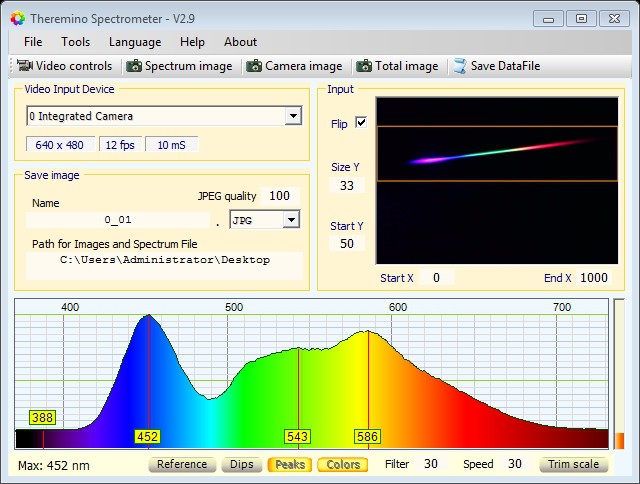
Conclusions
The practical applications of this device is limited. It is certainly a great tool for qualitative analysis of substances such as pigments, dyes etc. It did show interesting results for chlorophyll but I cannot provide the spectra at the moment. It is not a great tool for quantification. The sensitivity of the web cam is too low for accurate measurements.
Acknowledgements
I am grateful to the creators at Hackteria and PublicLabs for their work on which this is largely based. I am also grateful to Justin Atkin at The Thought Emporium for sharing his experience of the build(https://www.youtube.com/watch?v=pIk8I10ZmYY)
 Brainy.Baboon
Brainy.Baboon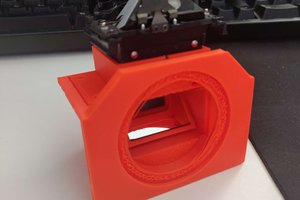
 Dylan
Dylan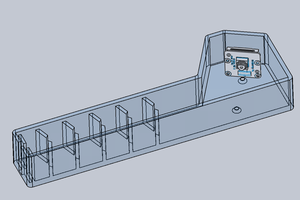
 Ivan Stepaniuk
Ivan Stepaniuk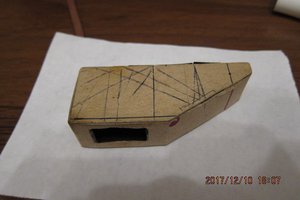
 Pavel
Pavel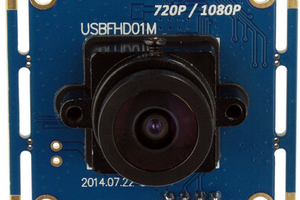
 David H Haffner Sr
David H Haffner Sr